Wrapped Tassels in Corn: Now What? — 04 August 2025
One of the more unusual issues showing up in Indiana corn fields this summer is “tassel wrapping”, a phenomenon where the uppermost...

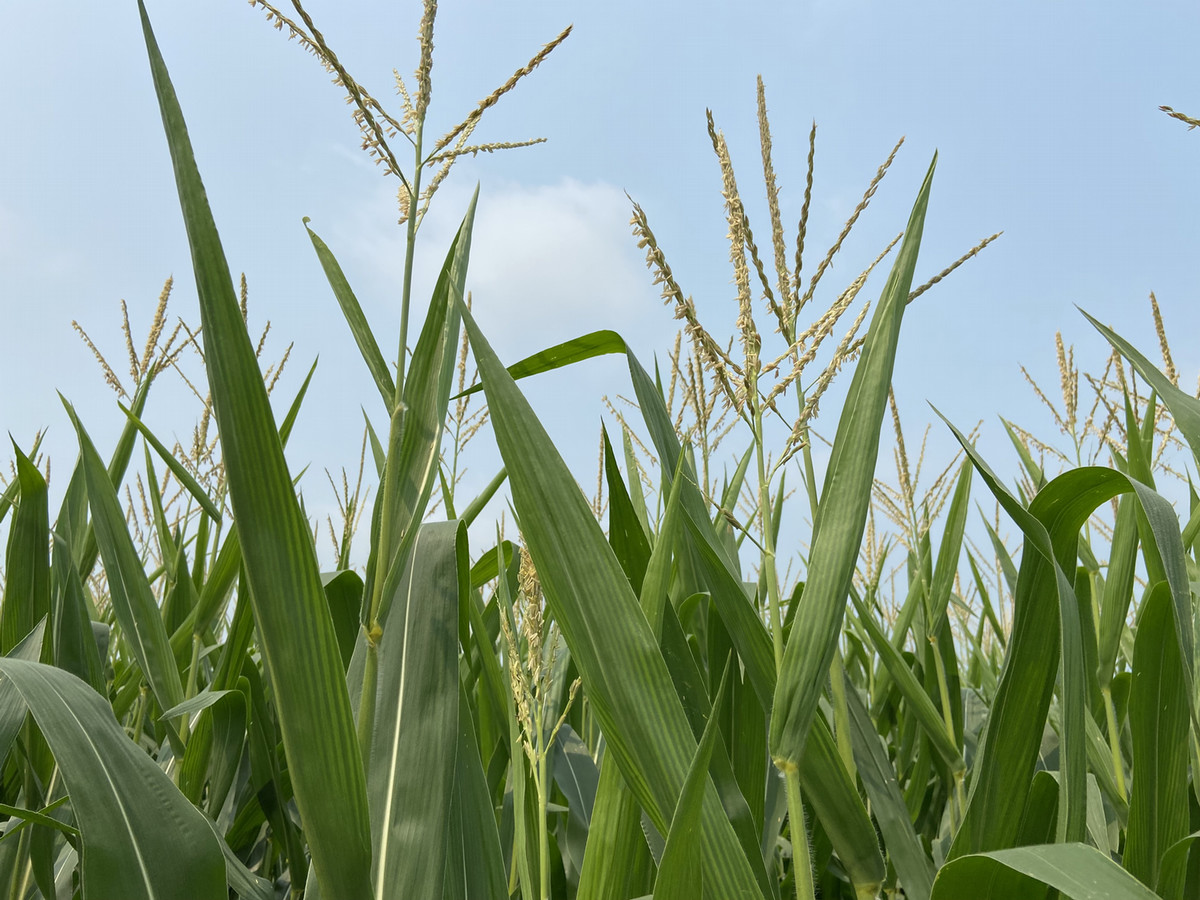
One of the more unusual issues showing up in Indiana corn fields this summer is “tassel wrapping”, a phenomenon where the uppermost...

Agriculture is in an era of transition, from traditional, uniform nitrogen (N) management toward more site-specific and digitally informed...
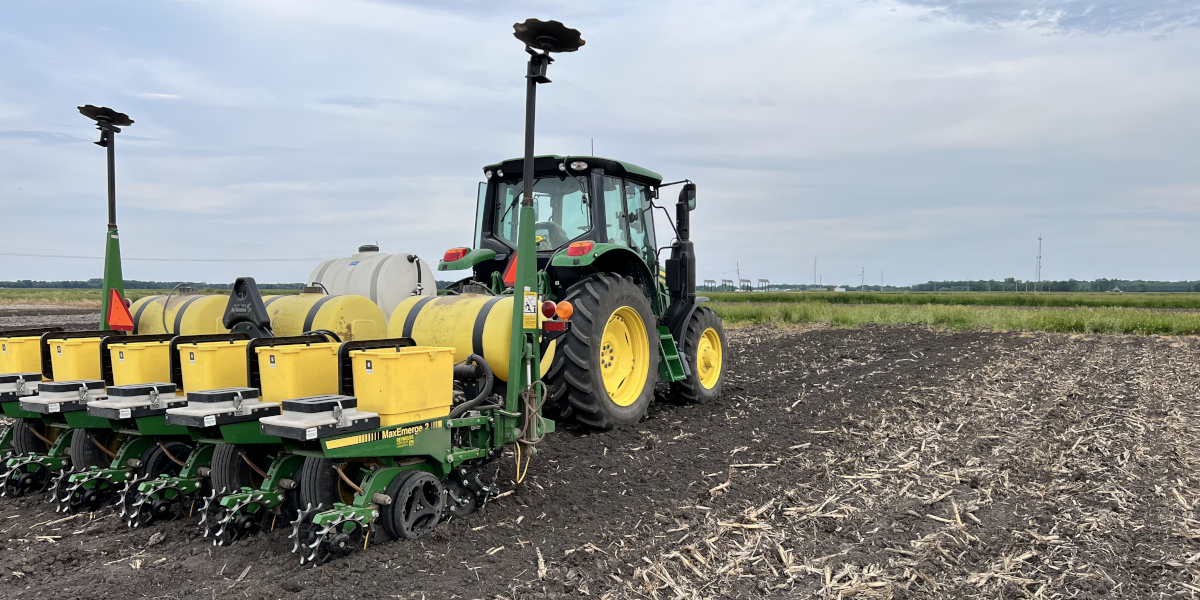
Seed represents one of the largest variable input costs for Indiana corn growers—second only to fertilizer. As such, selecting the correct...
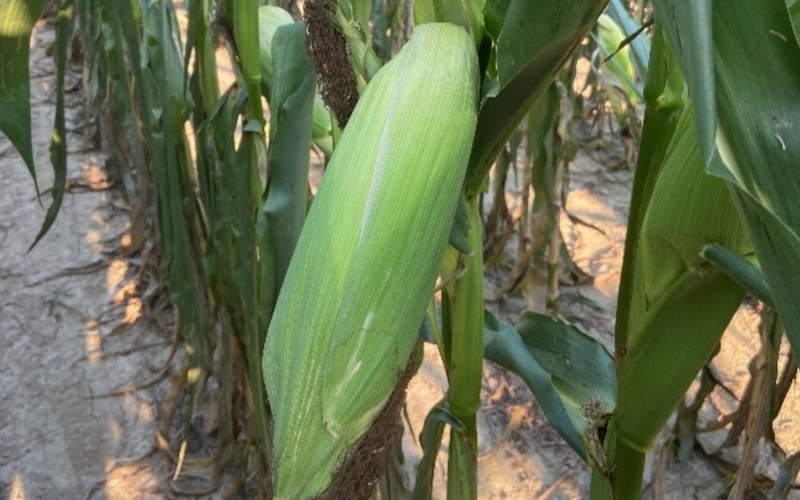
As corn advances through grain fill and approaches physiological maturity (black layer), one thing to watch for is premature ear declination or...
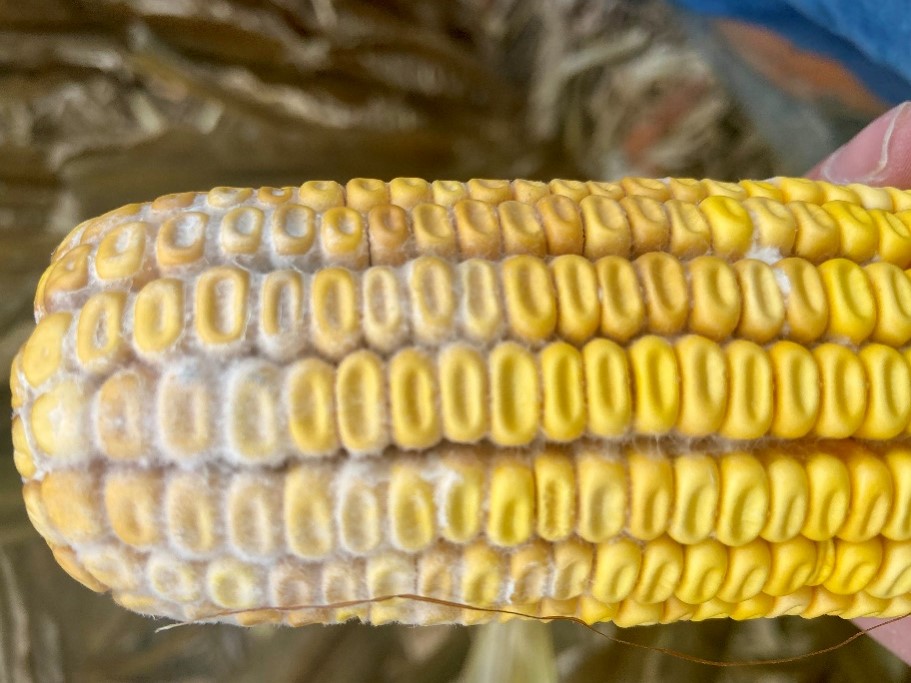
As corn harvest approaches in Indiana, it is important to start monitoring and managing for the presence of ear rots. Ear rots can reduce corn...
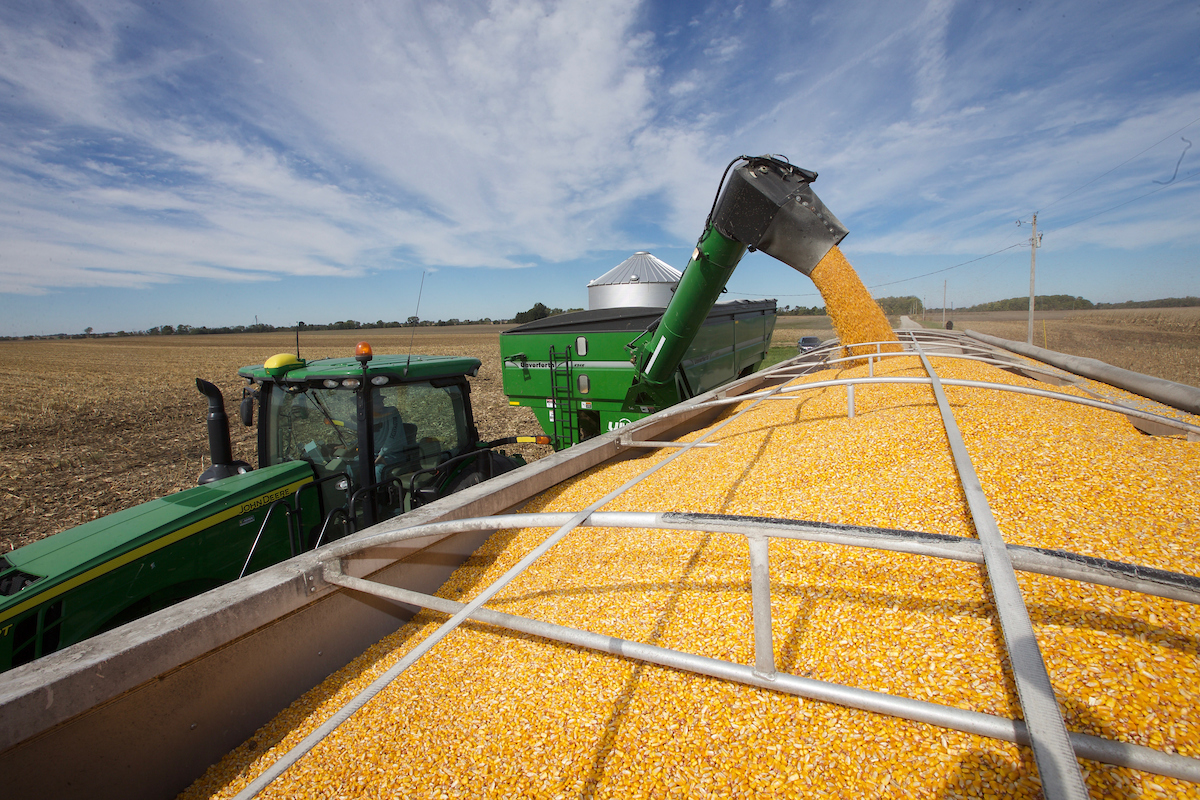
Although yield is always at the forefront of many corn farmers and agronomists’ minds during harvest, another important discussion topic each...
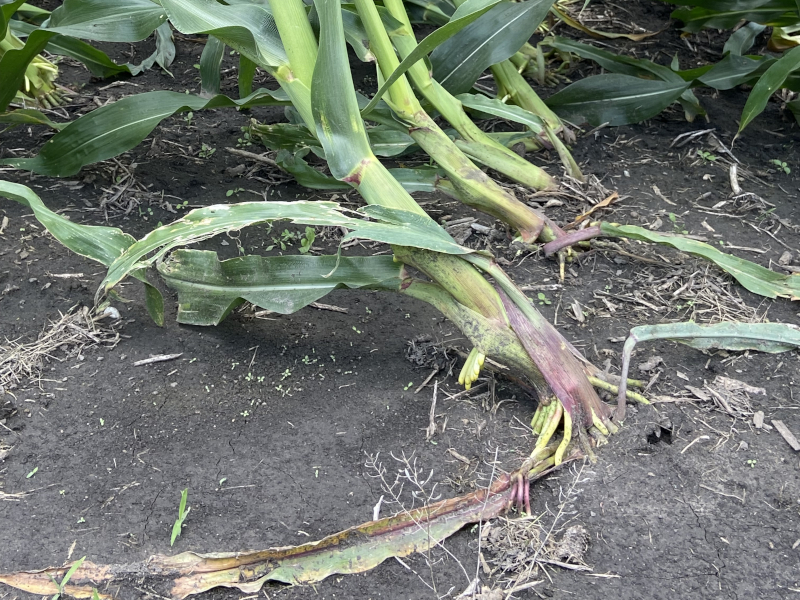
Recent storms and heavy rainfall brought on by the remnants of Hurricane Beryl have crossed parts of Indiana this week and brought excessive winds...
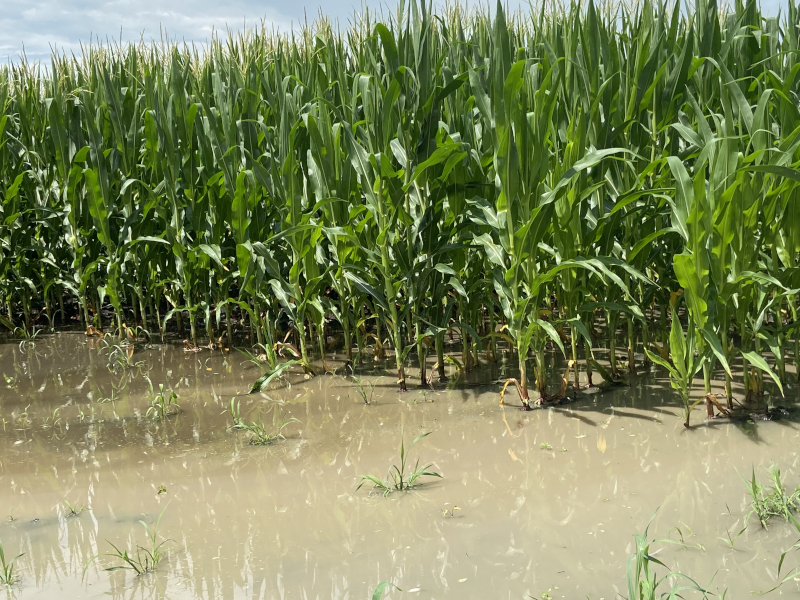
In the last week, much of Indiana has received the remnants of Hurricane Beryl, with various locations receiving rainfall totals of 3-4+ inches of...
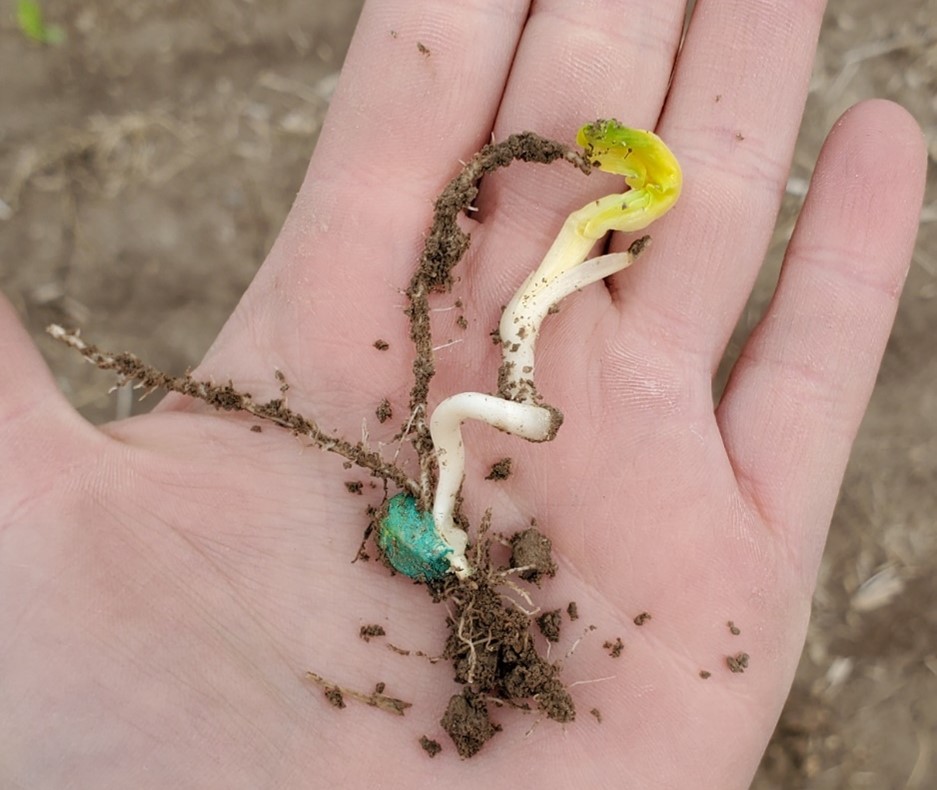
As planting season begins and corn plants begins to emerge, a very important step to take each spring is to assess the emergence of the corn plants...
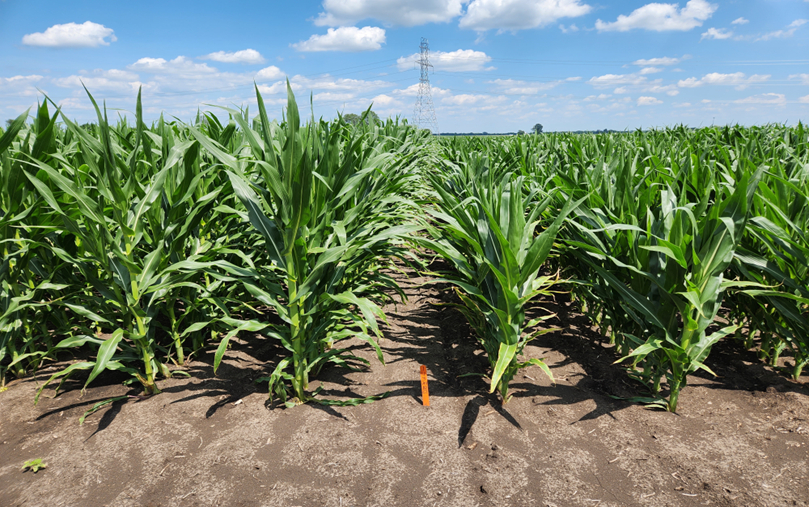
Lately, several prominent agricultural seed and genetic companies have started introducing novel corn hybrids characterized as...
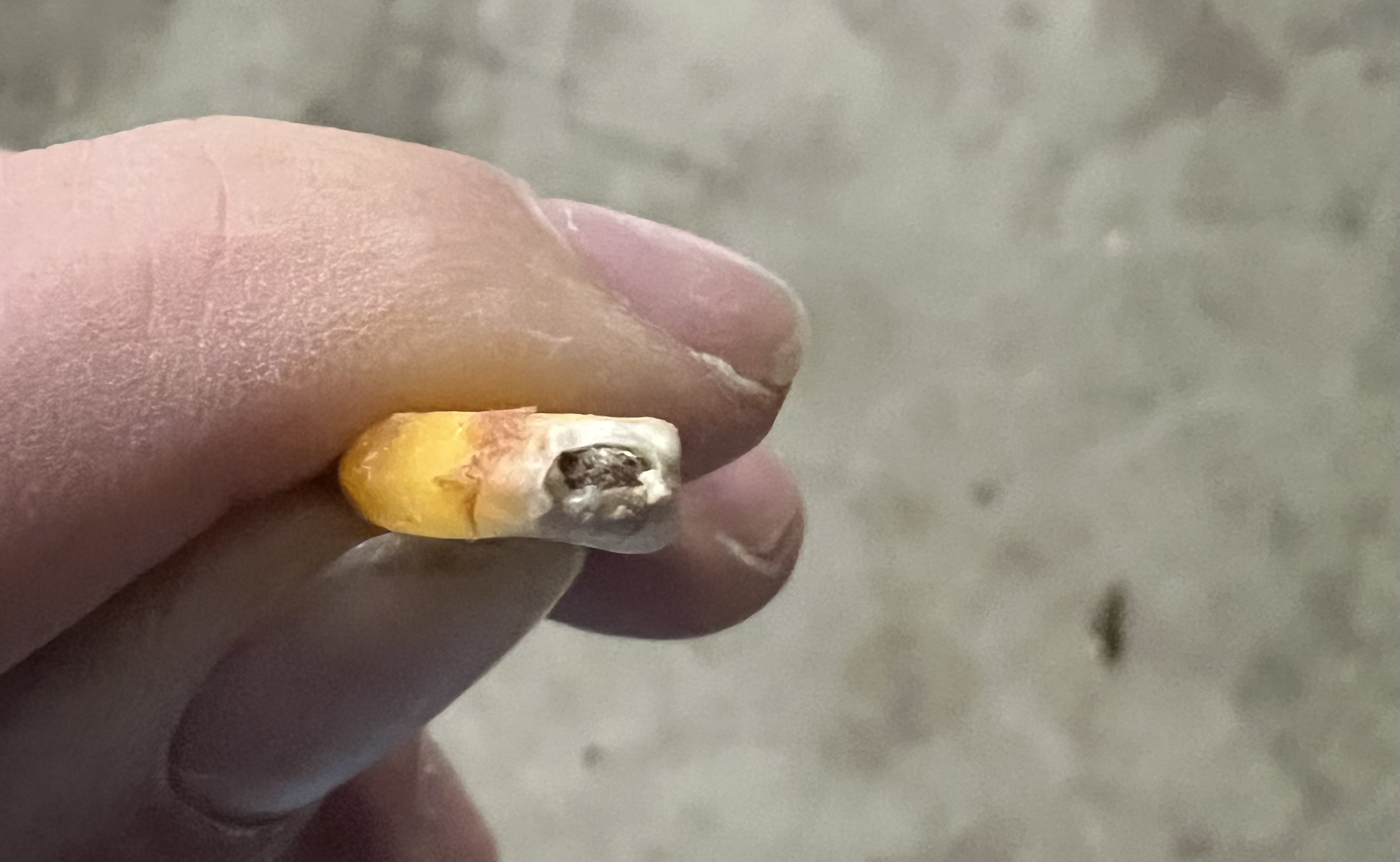
The use of the term “black layer” is often a universal method among farmers and agronomists for determining when a corn plant has...
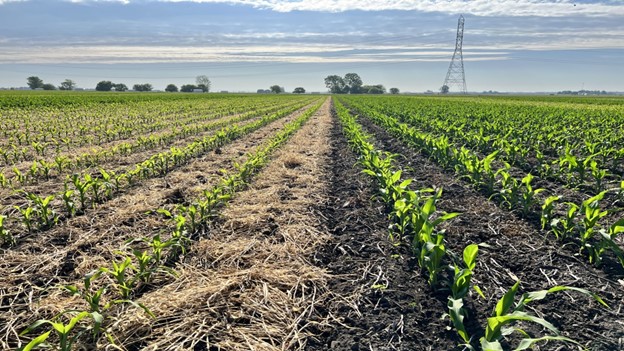
Managing and maintaining a high-yielding corn crop following a cereal rye cover crop can often be a challenging task. Cereal rye hosts a large...
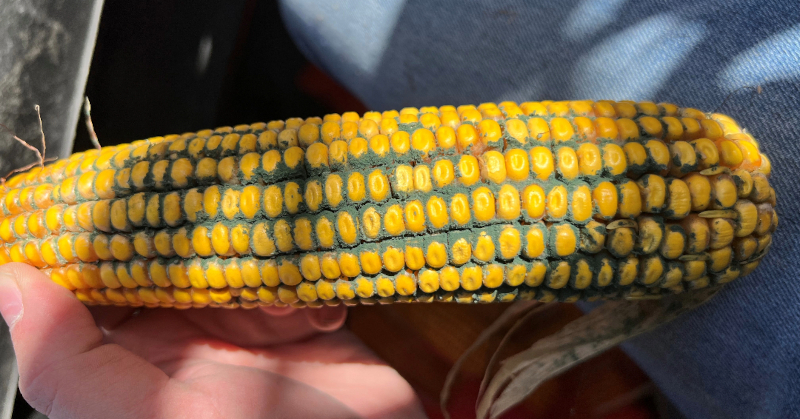
It is now time to evaluate fields for any stalk or ear rot symptoms. This will aid in making assessments about field harvest order and if there is...

The process of pollination is one of the most critical periods for grain yield determination in corn and successful pollination is largely...
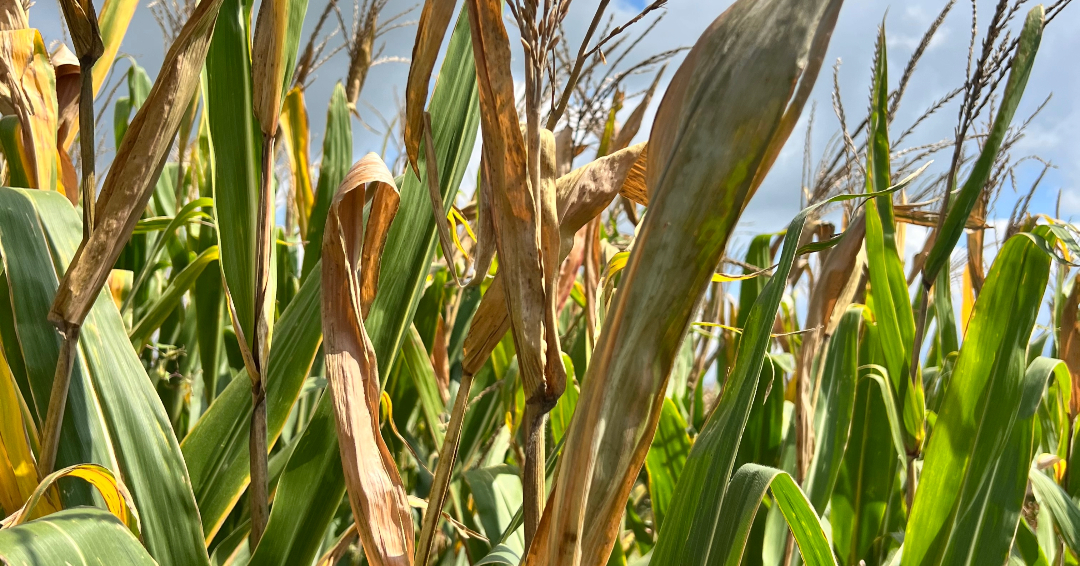
As corn plants progress through grain fill and approach maturity, plant leaves naturally begin to senesce or die. Leaf senescence is a naturally...